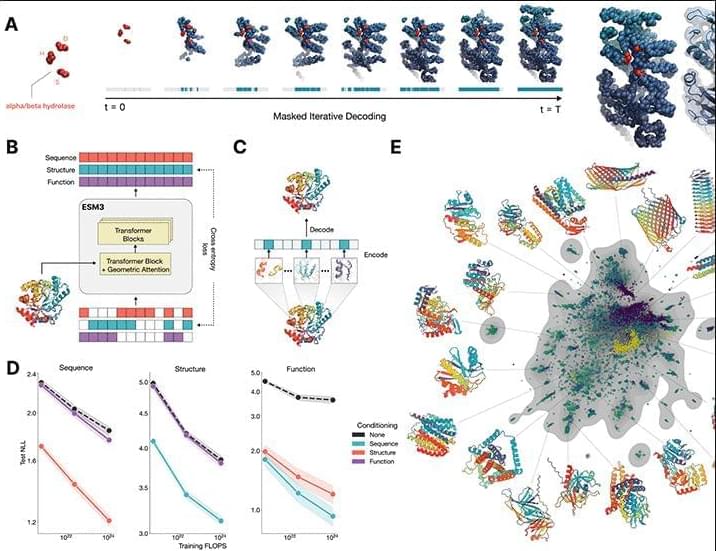Microsoft has started testing a new “scareware blocker” feature for the Edge web browser on Windows PCs, which uses machine learning (ML) to detect tech support scams.
Scareware scams (also known as tech support scams) have been a pervasive threat for years. The scammers use aggressive landing pages to persuade potential victims that their devices have been compromised with malware and then try to gain remote access to targets’ systems by pressuring them to call a fake tech support number.
Defender SmartScreen, which also protects Edge users from scams, activates after an abusive site is detected and added to its index of malicious web pages to safeguard users globally within minutes.







